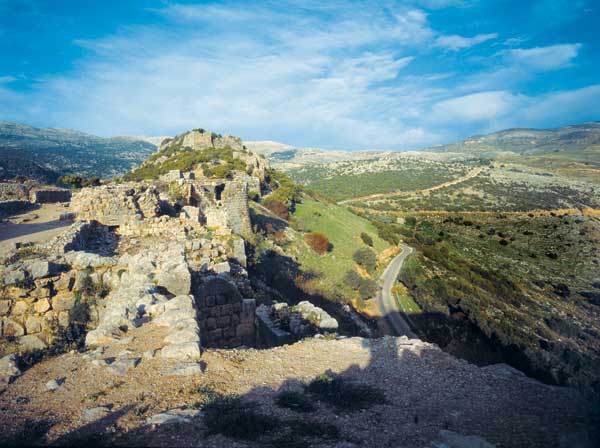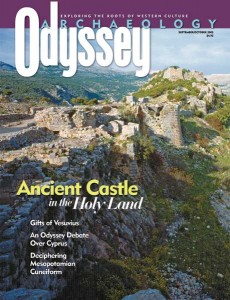Guarding the Holy Land
Who Built the Nimrud Fortress?

Nimrud is the largest and most perfectly preserved Crusader-period fortress in Palestine. It sits on the southern slopes of Mount Hermon, in present-day northern Israel, on a north-south ridge of a deep gorge. H.H. Kitchener (1850–1916)—a British engineer who conducted an archaeological survey in Palestine in the mid-1870s and later became the proconsul in Egypt—described it as “the finest ruined castle ... in the country.”1 In medieval times it was known as Qalat al-Subayba, and scholars still refer to it as Subayba, but it is far better known as Qalat Nimrud.
Until a few years ago, it was generally assumed that the Crusaders built this magnificent structure in the 12th century C.E. My recent analysis, however, indicates that Subayba/Nimrud was built by Arabs. Careful examination reveals that the structure was built in three phases. The initial structure (phase I) was substantially remodeled and extended (phase II) and subsequently destroyed. Then the fortress was rebuilt (phase III) on an even grander scale. But all three phases were the work of Muslims, not Christian Crusaders. Phases I and II were undertaken during the Muslim Ayyubid period in the first half of the 13th century C.E., whereas phase III was the work of a late-13th-century C.E. ruler of the Mamluk period.
Already a library member? Log in here.
Institution user? Log in with your IP address.

